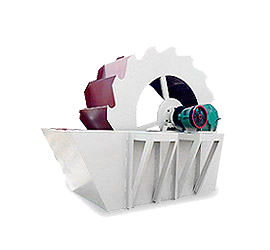A glass vacuum grinding belts machine is a specialized piece of equipment used in the glass processing industry for grinding, polishing, and edging glass sheets or panels. The “vacuum” feature typically refers to a suction system that holds the glass securely in place during processing, ensuring precision and safety. Meanwhile, the “grinding belts” are abrasive belts used to remove material or polish the edges/surfaces of the glass.
.jpg) Key Features of a Glass Vacuum Grinding Belts Machine:
Key Features of a Glass Vacuum Grinding Belts Machine:
1. Vacuum Holding System
– Uses suction cups or a vacuum table to hold glass firmly in place, preventing movement during grinding.
– Ensures stability and reduces the risk of breakage.
2. Grinding Belt Mechanism
– Multiple abrasive belts (often diamond-coated or silicon carbide) for rough grinding, fine polishing, and edge smoothing.
– Adjustable belt speed and pressure for different glass thicknesses and finishes.
3. Automated or CNC Control (Optional)
– Some advanced models feature CNC programming for precise shaping and beveling.
– Allows for consistent repeatability in mass production.
4. Water Cooling System
– Reduces heat buildup during grinding to prevent glass cracking.
– Minimizes dust and extends belt life.
5. Adjustable Angles & Edge Profiles
– Capable of creating straight edges, bevels, chamfers, or custom shapes.
– Some machines offer multi-axis movement for complex designs.
6. Dust Extraction System
– llects glass particles to maintain a clean working environment.
llects glass particles to maintain a clean working environment.
Applications:
– Glass edging & bevelling (for mirrors, windows, shower doors).
– Tempered glass processing (pre-treatment before tempering).
– Decorative glass finishing (artistic edges, polished surfaces).
– Industrial glass fabrication (solar panels, display screens).
Popular Manufacturers & Models:
– Bovone (Italy) – High-precision glass grinding machines.
– Glaston (Finland) – Advanced CNC glass processing systems.
– Lisec (Austria) – Known for automation in glass fabrication.
– Hanjiang Machine Tool (China) – Cost-effective options.
Considerations When Buying:
– Glass thickness capacity (e.g., 3mm–25mm).
– Belt grit options (coarse to fine).
– Production speed and automation level.




